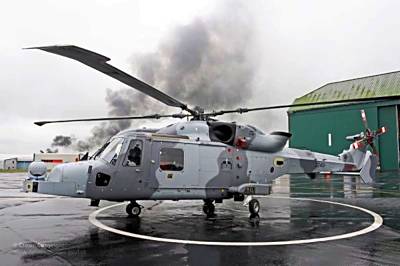WASHINGTON, Sept. 28, 2010 — More NATO trainers are needed to train Afghanistan’s soldiers and police to support the coalition’s strategy to turn over security responsibilities to the Afghans, the commander of the NATO Training Mission in Afghanistan told the alliance Military Committee yesterday.
“Tactical gains on the battlefield will not be enduring without a self-sustaining Afghan security force,” Army Lt. Gen. William B. Caldwell IV said in prepared remarks to the committee. The general appealed to the military leaders for more trainers to “professionalize” Afghan forces and build the infrastructure to sustain the numbers and quality of the force.
The mission, Caldwell said, needs a thousand more trainers from NATO nations. The trainers will work with Afghan army and Afghan police forces.
There are now 143,000 coalition troops in Afghanistan with 95,000 of them American. The NATO-led International Security Assistance Force has an operational mission, but also a mission to train Afghan forces so coalition troops can transition the mission to them.
NATO’s training mission in Afghanistan is at a critical crossroads, the general said. For the past year, he said, the emphasis has been on producing combat formations to combat the Taliban and other terror groups.
“But now, we must create a force that can generate, equip and sustain itself to serve and protect its people; therefore, we must build the critical support formations over the next year, and professionalize this force,” Caldwell said. “Accomplishing this mission will require additional NATO institutional trainers with special skill sets – skill sets to create and develop Afghan logisticians, maintainers, communicators, intel[ligence] analysts and the leaders this security force requires.”
Caldwell said the development of professional Afghan military and police leaders is paramount to achieving success in Afghanistan.
“Professionalism is the key ingredient to an enduring force that can serve and protect its people,” the general said. “The limiting factors to building this professional force are leader development, literacy and losses through attrition.”
In the U.S. Army, it takes 15 years to develop a battalion commander, Caldwell said. In Afghanistan – with a literacy rate of around 25 percent – the process of developing military and police leaders is more complicated, he said.
NATO trainers also serve as role models and mentors for Afghans, the general said, and he urged NATO member nations to provide more.
“Your nations have the right people, with the right skills, in the right numbers and the right multi-national experience,” Caldwell said. “Every one of your nations has a capability that will sustain the momentum we have created together in the past 10 months.”
The NATO Training Mission comprises just 2 percent of the coalition forces currently deployed to Afghanistan, but their impact is enormous, Caldwell said.
“Our trainers have generated an Afghan National Security Force that today makes up 63 percent of all security forces,” he said. “By improving their capability to generate, equip, field and sustain their force, we have begun to create a force that will be able to take the lead for security in the future. This would not have been possible without the professional trainers from your countries.”
Source:
U.S. Department of Defense
Office of the Assistant Secretary of Defense (Public Affairs)

 von
von 